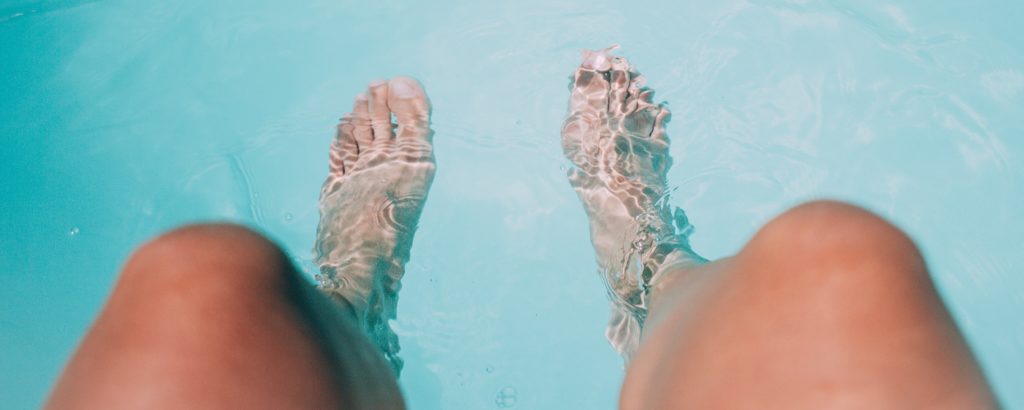‘You’ve torn your anterior cruciate ligament’
Not a sentence any of us would like to hear. But unfortunately with knee trauma including twisting injuries, the anterior cruciate ligament (ACL) can become overstretched, partially tear or even fully rupture.
The Anatomy
The ACL is one of the structures which holds your knee in place. It stops the tibia (shin bone) sliding forward on your femur (thigh bone) and in conjunction with the posterior cruciate ligament (PCL), these ligaments form a criss-cross formation between the two bones, deep inside your knee.
Investigation
The main way to determine an ACL tear is an MRI scan, which your knee consultant will organise for you. Some ACL tears can be conservatively treated physiotherapy management only, and some may require repair surgery. The main reason for ACL reconstruction (ACLR), is to give the knee back its support system. This will prevent the knee feeling from wobbly, giving way and allow you to return back to full sport and activity.
Some patients, especially those who are more senior and may not wish to return to running or extreme sport, can cope well without having surgery and undergo physiotherapy rehabilitation only. However, most younger, hypermobile or active patients will often require an ACLR. There is also a belief that a knee without an intact ACL may be more susceptible to osteo-arthritis, given that the knee is less stable, allowing the meniscal the cartilage to wear down faster.
Treatment
The 3 most important things to aim for ASAP after any ACL tear (especially if you are due for surgery) are;
• Ensuring you minimise the knee swelling
• Trying to obtain your full knee range of movement again (in particular full extension- straightening)
• Working on your lower limb muscle bulk and gait
Our Management
Here at Kensington Physio we see lots of ACL injuries and we would certainly recommend early treatment and advice for anyone following any knee injury.
Surgeons often refer us patients prior to their ACLR to ensure that we can work on the above criteria, and that they are familiar with their home exercise routine, and know what to expect before and after their surgery.
Game Ready
We also hire out ‘Game Ready’ ice/compression units for clients to take home with them, to accelerate a reduction in the knee swelling.
Following an ACL repair we will ask the patient to come in within a week of their surgery to start their physiotherapy treatment. The ACLR physio rehab is a 6-9 month program, and will eventually allow the patient a full return to their chosen sport, providing they meet our set objective markers.
For any advice on ACL injuries, physiotherapy or to hire out a ‘Game Ready’ unit, please feel free to contact us or book yourself in for an appointment.
Annika

